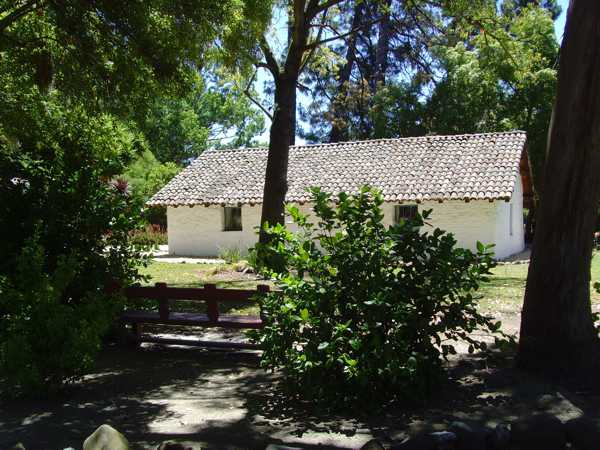|
California Nursery Historical Park
Ecosystems in the Park California Nursery Historical Park was part of a large tree nursery in the 1880's. Trees in the park today are older than most trees in cities. There are 150 year old palm trees, as well as dozens o ver 100 year old. These trees provide an ecosystem that can maintain raptors (i.e. owls and hawks). This field trip looks at the historical development of the California Nursery as part of a growing agricultural emphasis within California. As Californians recognized that water would make our lands into an agricultural producer of the nation, they also realized that the railways would move the products. Walking throught the park we will look for habitat of Great Horned and Barn Owls. We will hunt for owl sites and work on owl pellets to see what little critters were ate. Discussion will be centered on use of owl pellets to help understand the local ecosystem. Where: California
Nursery Historical Park
Next
Generation Science Standards (NGSS)
ESS3.C: Human Impacts on Earth Systems
Human activities in
agriculture, industry, and everyday life have had major effects
on the land, vegetation, streams, ocean, air, and even outer
space. But individuals and communities are doing things to help
protect Earth’s resources and environments.
5-LS1 From Molecules to Organisms: Structures and Processes
Support an argument that plants get the materials they need for
growth chiefly from air and water.
United States
History and Geography: Making a New Nation
Students in grade five
study the development of the nation up to 1850, with an emphasis
on the people who were already here, when and from where others
arrived, and why they came. Students learn about the colonial
government founded on Judeo-Christian principles, the ideals of
the Enlightenment, and the English traditions of
self-government. They recognize that ours is a nation that has a
constitution that derives its power from the people, that has
gone through a revolution, that once sanctioned slavery, that
experienced conflict over land with the original inhabitants,
and that experienced a westward movement that took its people
across the continent. Studying the cause, course, and
consequences of the early explorations through the War for
Independence and western expansion is central to students’
fundamental understanding of how the principles of the American
republic form the basis of a pluralistic society in which
individual rights are secured.
5.8 Students trace the colonization, immigration, and settlement
patterns of the American people from 1789 to the mid-1800s, with
emphasis on the role of economic incentives, effects of the
physical and political geography, and transportation systems.
1.
Discuss the waves of immigrants from Europe between 1789 and 1850
and their modes of transportation into the Ohio and Mississippi
Valleys and through the Cumberland Gap (e.g., overland wagons,
canals, flatboats, steamboats).
2.
Name the states and territories that existed in 1850 and identify
their locations and major geographical features (e.g., mountain
ranges, principal rivers, dominant plant regions).
3.
Demonstrate knowledge of the explorations of the trans-Mississippi
West followingthe Louisiana Purchase (e.g., Meriwether Lewis and
William Clark, Zebulon Pike, John Fremont).
4.
Discuss the experiences of settlers on the overland trails to the
West (e.g., location of the routes; purpose of the journeys; the
influence of the terrain, rivers, vegetation, and climate; life
in the territories at the end of these trails).
5.
Describe the continued migration of Mexican settlers into Mexican
territories of the West and Southwest.
6.
Relate how and when California, Texas, Oregon, and other western
lands became part
of the United States,
including the the significance of the Texas War for Independence
and
the Mexican-American War.
|
|

